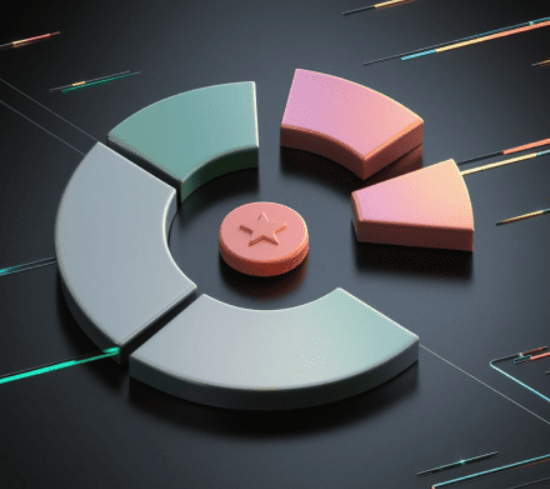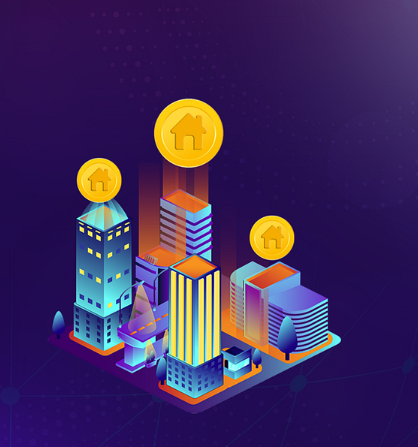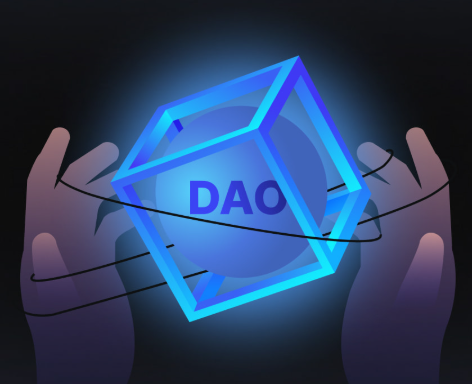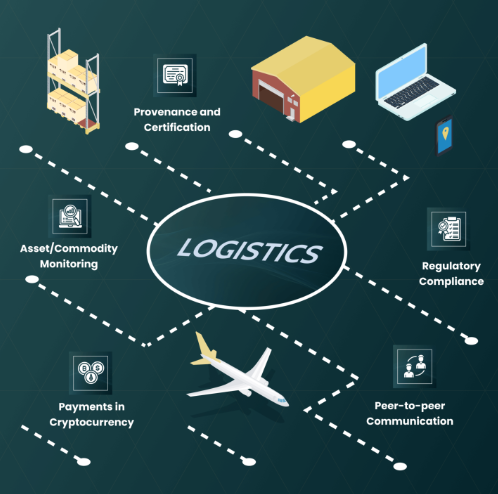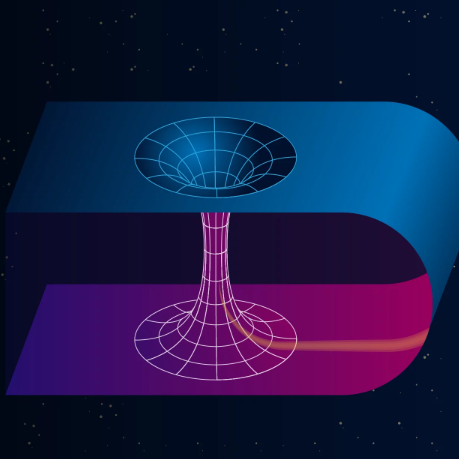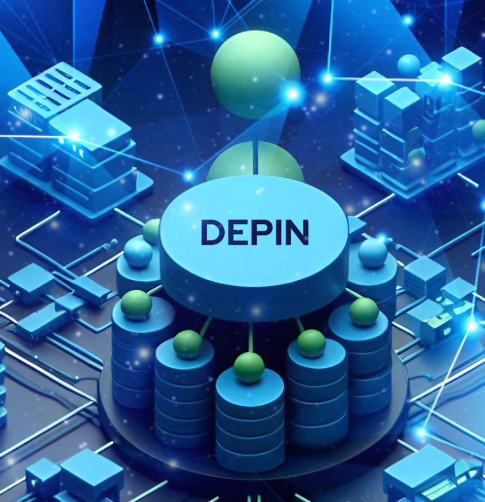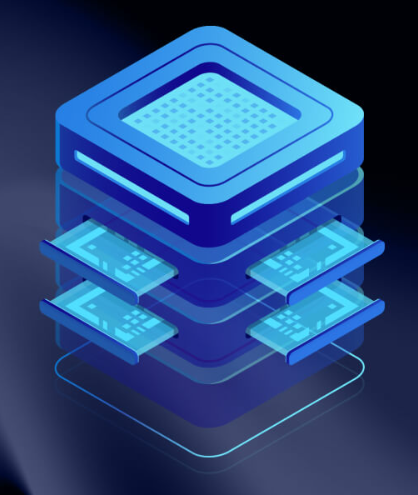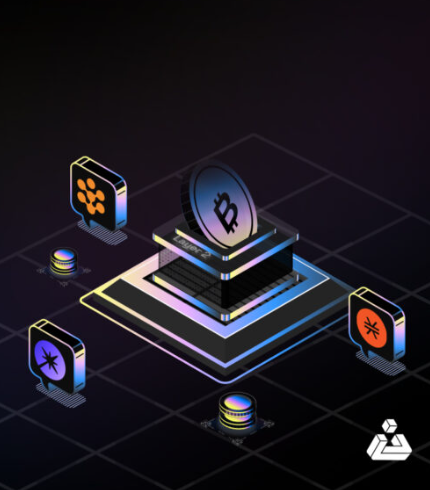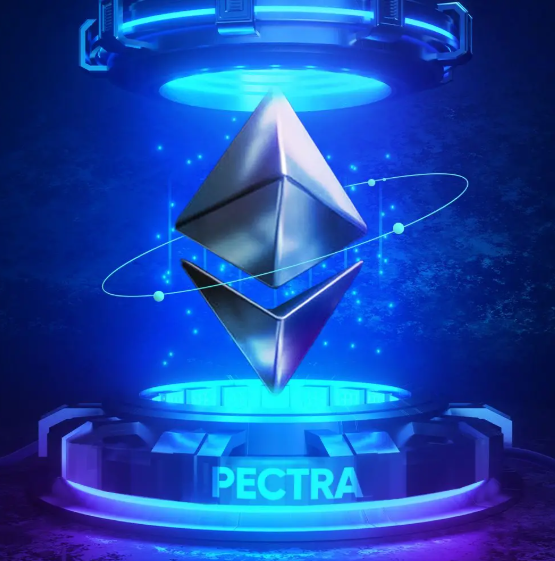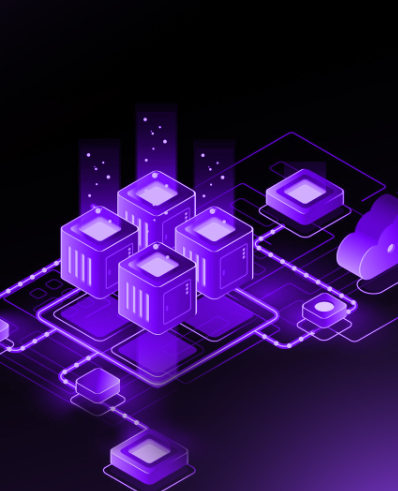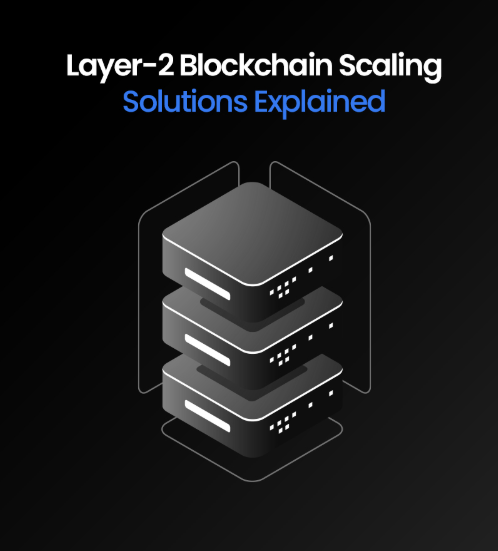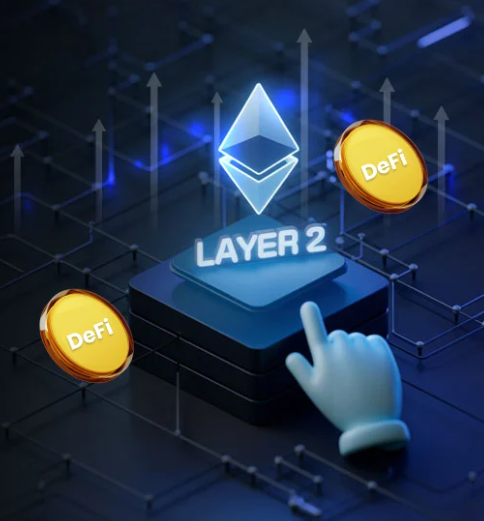
Decentralized Finance (DeFi) has emerged as one of the most innovative trends in the blockchain space, offering financial services that bypass traditional banks and intermediaries. However, as DeFi has gained popularity, scalability has become a significant challenge. For DeFi to truly thrive, it needs to be able to handle a large volume of transactions quickly and affordably. This is where Layer-2 (L2) scaling solutions come into play, providing the tools necessary to optimize and enhance the DeFi experience.
In this blog, we’ll explore how Layer-2 solutions are reshaping the DeFi landscape by improving transaction speed, reducing costs, and making DeFi more accessible. Let’s dive into how L2 works, why it’s essential for the future of DeFi, and the advantages it brings to developers and users alike.
What Are Layer-2 Solutions?
Layer-2 refers to secondary protocols built on top of a main blockchain (Layer-1) to enhance its performance. The primary blockchain, such as Ethereum, handles security, settlement, and the core operations. However, Layer-2 protocols take care of the transaction-heavy tasks off-chain, only posting final results to the main chain. This reduces network congestion and lowers transaction costs, making it easier and cheaper for users to engage in DeFi activities.
In the DeFi world, where both speed and cost efficiency are vital, Layer-2 solutions act as an accelerator, allowing platforms to scale without sacrificing security or decentralization.
Why DeFi Needs Layer-2 Solutions
The rise of DeFi has highlighted a critical issue: scalability. Ethereum, the most widely used blockchain for DeFi, was not designed to handle the massive spike in transactions that came with the growth of decentralized finance. As more users flock to DeFi platforms, Ethereum’s network has become congested, resulting in higher gas fees and slower transaction times, making it impractical for everyday use.
Take Uniswap, one of the most popular decentralized exchanges (DEX). Initially built on Ethereum, Uniswap struggled with network congestion as it gained popularity. As transaction fees soared and processing times lagged, Uniswap moved to Layer-2 solutions such as Optimism and Arbitrum. These solutions utilize optimistic rollups to manage the heavy transaction load, significantly improving transaction speed and reducing costs.
How Layer-2 Solutions Improve DeFi Performance
Layer-2 solutions make DeFi more scalable by offloading transaction processing from the congested Layer-1 blockchain. By handling transactions off-chain and then submitting aggregated results back to the main chain, Layer-2 networks can boost throughput and lower costs. Here’s how they work:
- Offloading Transaction Execution
Layer-2 solutions take the burden of processing transactions off the main blockchain, allowing Layer-1 to focus on essential operations such as security and settlement. This frees up space on the main chain, reducing congestion and lowering transaction fees for users. - Parallel Processing
Certain Layer-2 technologies, like sidechains or rollups, process transactions in parallel with the main chain. This increases the overall throughput of the network, making the system more efficient and capable of scaling without losing performance. - Bundling Transactions
Some Layer-2 solutions group multiple transactions into a single batch or validity proof before submitting them to Layer-1. By reducing the number of individual transactions that need to be processed, gas fees are lowered, and overall system efficiency improves.
The Benefits of Layer-2 Solutions for DeFi
- Faster Transactions
Transactions processed off-chain and then batched into the main chain are significantly faster than traditional Layer-1 transactions. For DeFi applications like decentralized exchanges, where transaction speed is critical, this is a game-changer. - Lower Transaction Costs
With most of the transaction processing occurring off-chain, Layer-2 solutions help reduce the gas fees associated with blockchain transactions. Users can interact with DeFi platforms without the fear of high transaction costs eating into their returns. - Improved User Experience
Faster transactions and lower fees create a smoother experience for users. A better user experience translates into higher adoption rates, as more users will gravitate toward platforms that offer seamless interactions. - Increased Scalability
By enabling DeFi platforms to process a greater volume of transactions without overloading the base blockchain, Layer-2 solutions allow DeFi to scale efficiently. More users, more transactions, and less congestion create a more robust and reliable system.
Looking Toward the Future
As DeFi continues to grow, Layer-2 solutions are becoming indispensable in ensuring the space remains efficient and accessible. With the increasing adoption of technologies like Optimism and Arbitrum, we are seeing a significant shift toward more scalable and user-friendly DeFi protocols. These advancements are making DeFi faster, cheaper, and easier to use, which is essential for unlocking the full potential of decentralized finance.
For developers and users alike, Layer-2 solutions are crucial in the evolution of DeFi. These technologies are transforming the way decentralized finance operates, and as they continue to mature, they will drive the next wave of innovation in the sector.
As the adoption of these solutions grows, it’s clear that Layer-2 technologies will be at the heart of DeFi’s future, making decentralized finance more efficient and scalable than ever before. Keep an eye on these developments—they’re just getting started.









